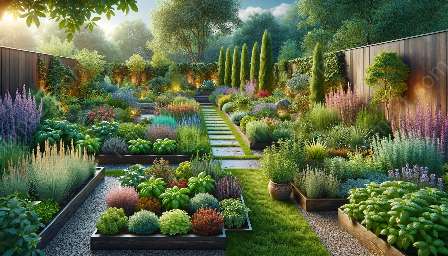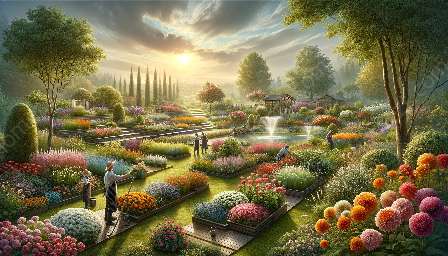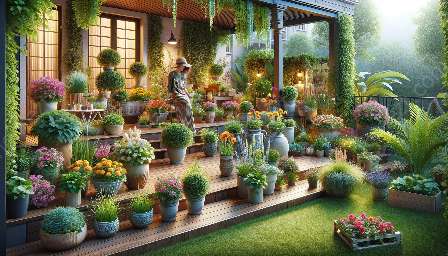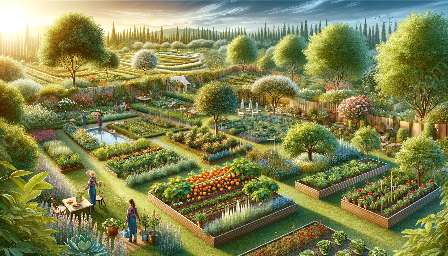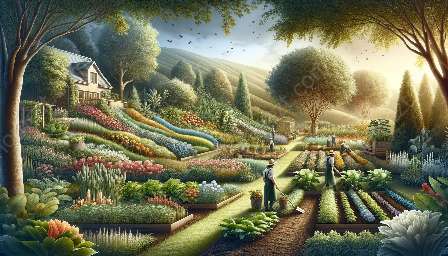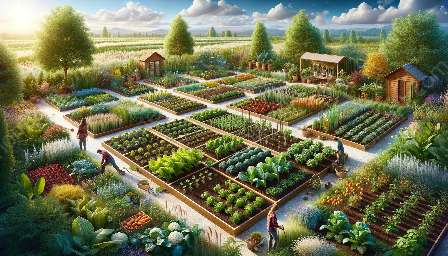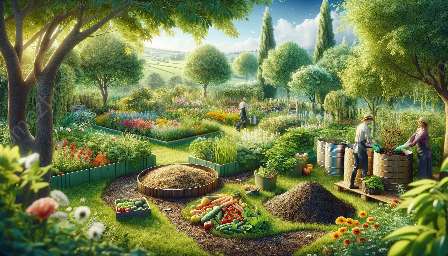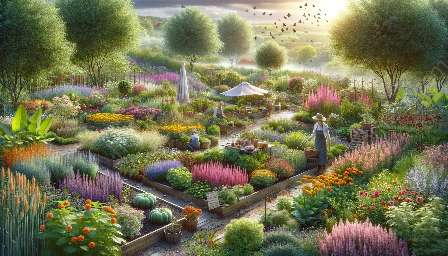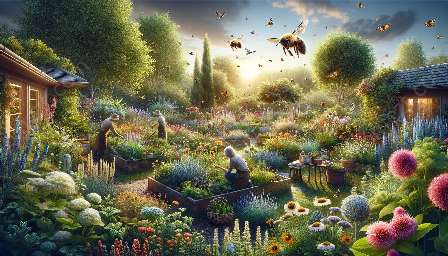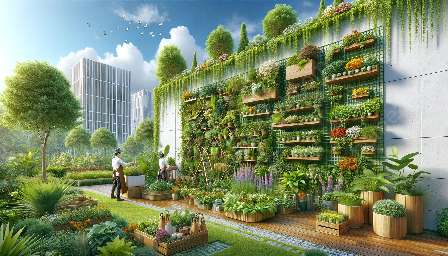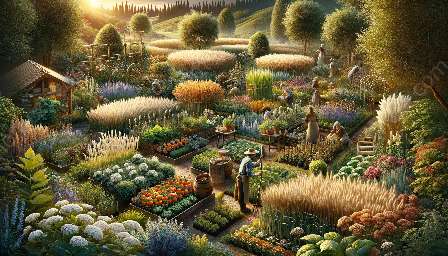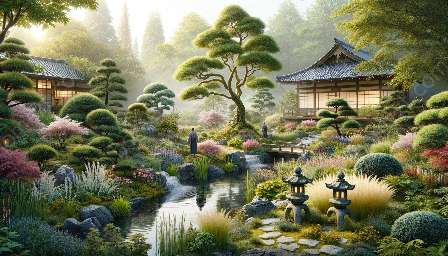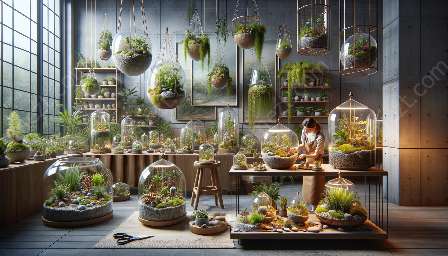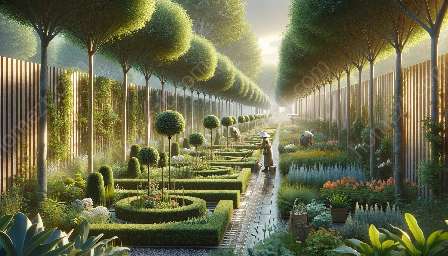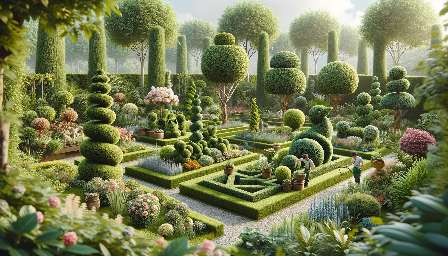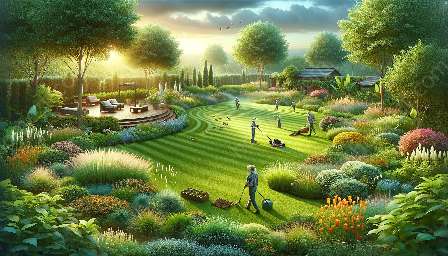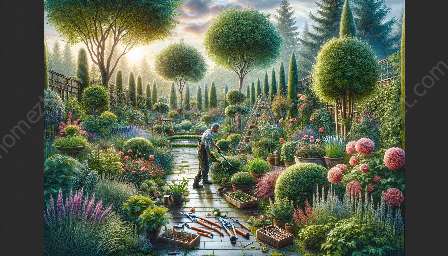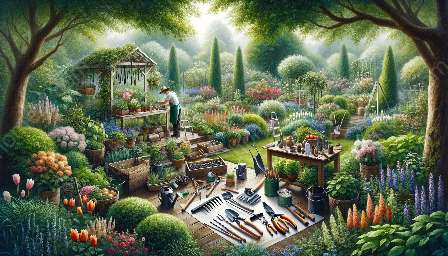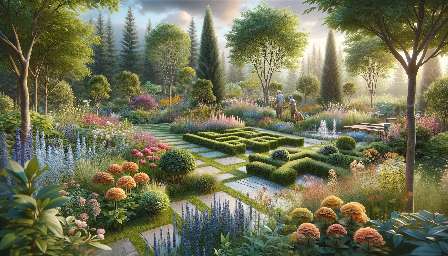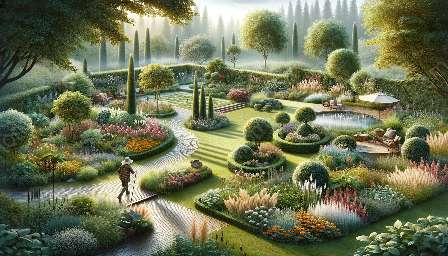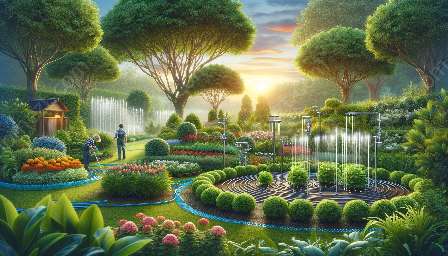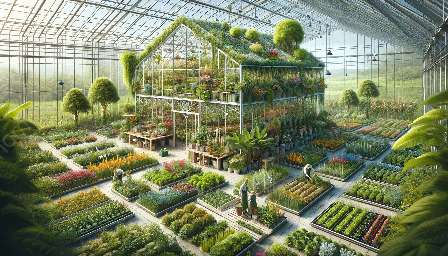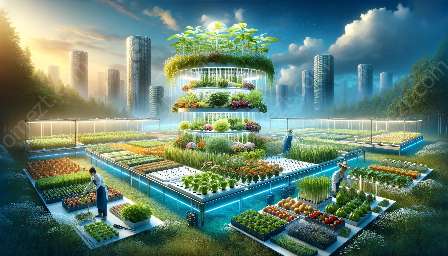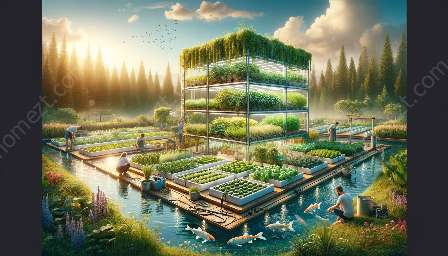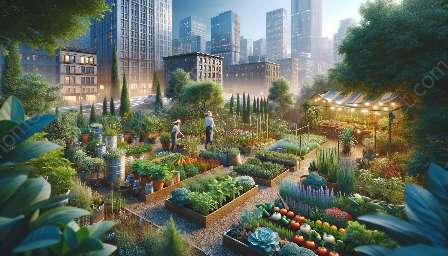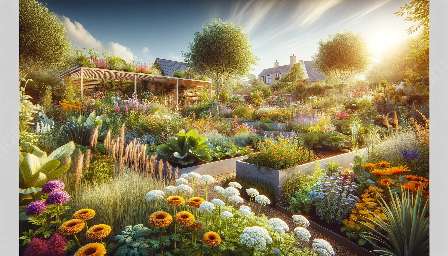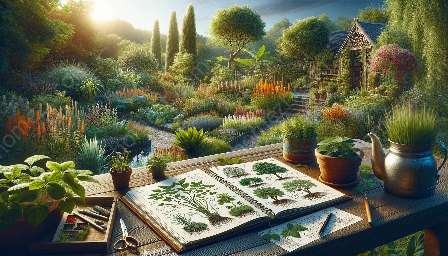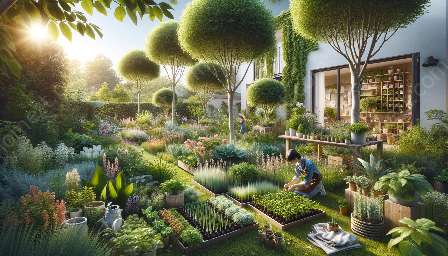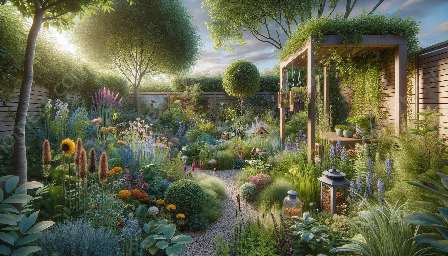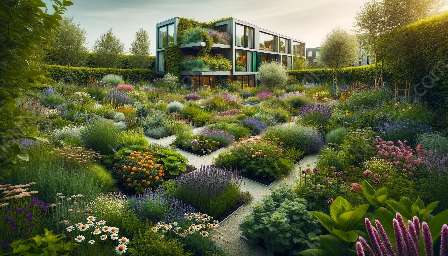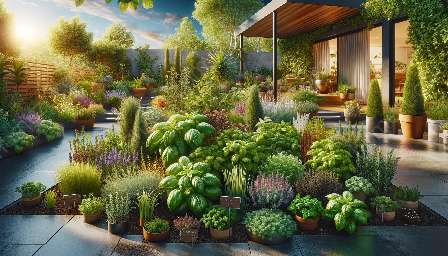In the world of gardening, embracing the natural rhythms of the seasons can lead to a thriving and beautiful garden. From selecting the right plants for each season to incorporating companion planting strategies and landscaping techniques, this comprehensive guide will equip you with the knowledge and inspiration to create a vibrant and sustainable garden year-round.
Understanding Seasonal Gardening
Seasonal gardening involves planning, planting, and maintaining a garden based on the unique characteristics of each season. By embracing the changes in temperature, daylight, and weather patterns, gardeners can maximize the growth and yield of their plants. Whether you're an experienced gardener or just starting out, understanding seasonal gardening is essential for creating a successful and visually appealing garden.
Spring Gardening: The Season of Renewal
As the winter frost retreats, spring brings a burst of new life to the garden. From vibrant blooms to fresh green foliage, this season is a time of renewal and growth. Spring gardening often involves planting cool-weather crops such as lettuce, radishes, and peas. Companion planting strategies, such as pairing tomatoes with basil or marigolds, can help naturally deter pests and enhance the vitality of your garden.
Summer Gardening: Embracing the Sun's Bounty
With the sun at its peak, summer gardening presents an opportunity to cultivate a wide range of fruits, vegetables, and flowers. Understanding the principles of companion planting can be particularly beneficial during this season, as certain plant combinations can help improve soil quality and repel unwanted insects. Additionally, landscaping techniques such as creating shaded areas with strategically placed trees or trellises can provide relief for sensitive plants from the intense summer heat.
Fall Gardening: Harvesting and Preparation
As the days grow shorter and temperatures begin to cool, fall gardening is a time for harvesting the fruits of your labor and preparing the garden for the upcoming winter. Consider planting cold-hardy crops like kale, carrots, and garlic that can thrive in the cooler temperatures. Additionally, utilizing companion planting to create natural pest barriers and enhance soil fertility can help ensure a successful autumn harvest.
Winter Gardening: Tending to the Cold and Dormant Garden
While winter may seem like a quiet time in the garden, there are still opportunities to engage in seasonal gardening activities. Protecting tender plants from frost, planning for spring planting, and incorporating landscaping elements such as evergreen shrubs and ornamental grasses can add visual interest to the winter landscape. Embracing the dormant season with a mindful approach can set the stage for a vibrant and flourishing garden when spring arrives.
The Role of Companion Planting
Companion planting is a valuable technique that involves growing different plants near each other to achieve specific benefits. Whether it's enhancing flavor, repelling pests, or improving pollination, companion planting can play a crucial role in the success of a seasonal garden. By understanding the principles of companion planting and utilizing plant combinations that support each other's growth, you can create a diverse and harmonious ecosystem within your garden.
Leveraging Landscaping for Seasonal Gardening
Integrating landscaping elements into your seasonal gardening efforts can elevate the visual appeal and functionality of your garden. This may include incorporating hardscaping features such as pathways, retaining walls, or raised beds to define different areas of the garden. Additionally, thoughtful use of native plants, ornamental grasses, and flowering shrubs can complement seasonal plantings and provide year-round interest and beauty.
Conclusion
Seasonal gardening, supported by the principles of companion planting and landscaping, offers a dynamic and rewarding approach to cultivating a thriving garden. By embracing the unique qualities of each season and implementing strategic planting and design techniques, gardeners can create a visually stunning and sustainable outdoor space that evolves with the natural rhythms of the year.


